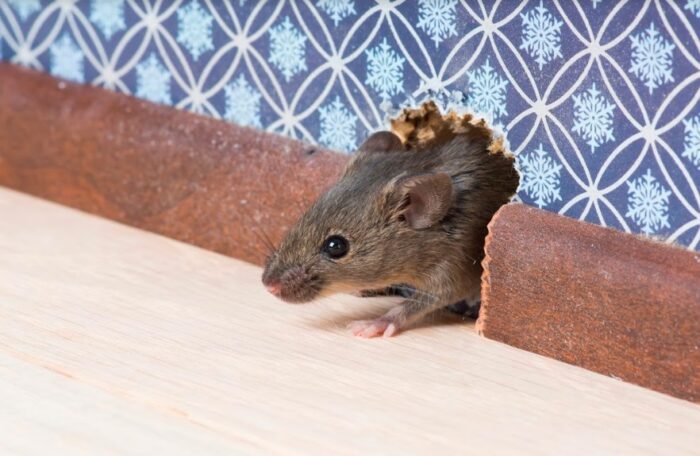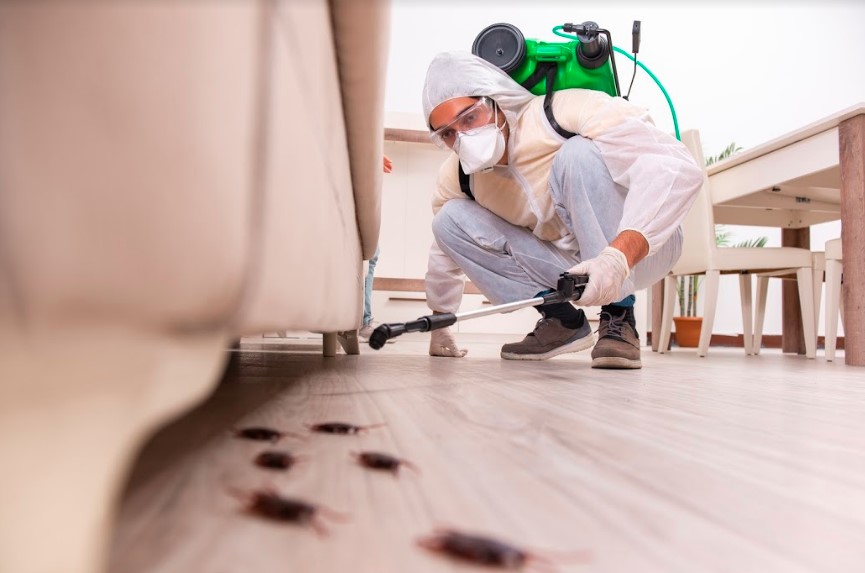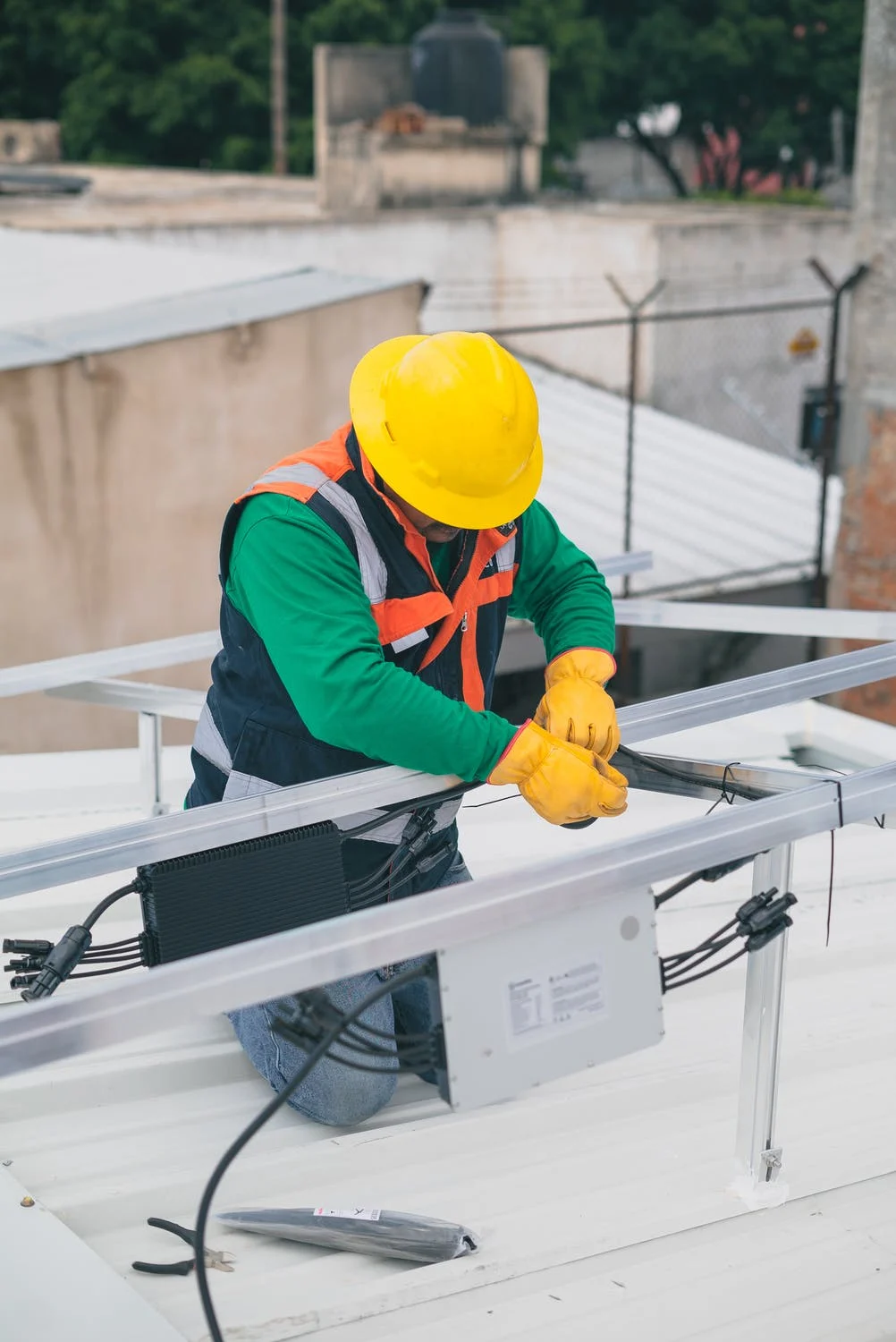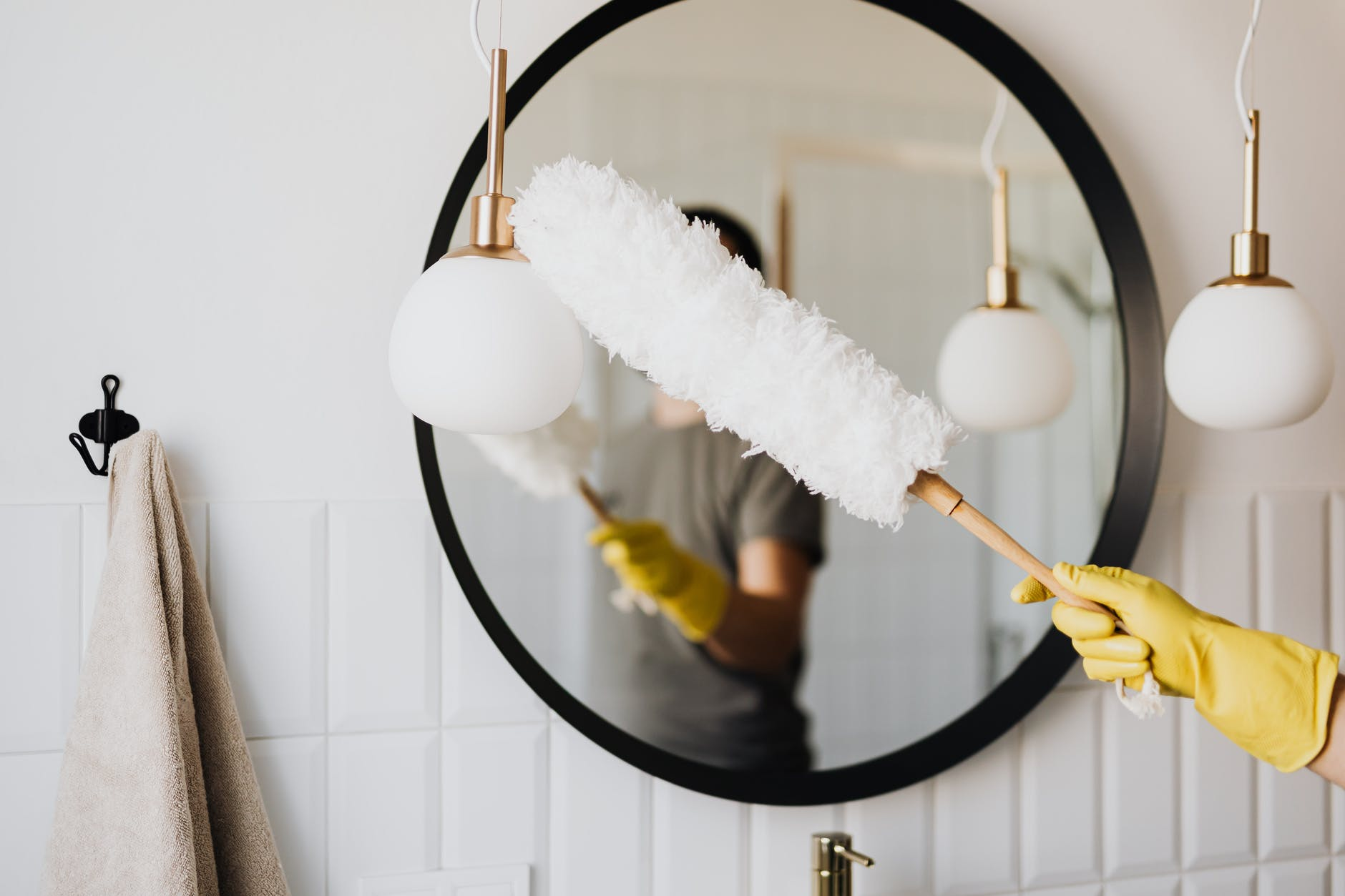Apart from being safe from the harsh weather, a homeowner should also be protected from the dangers of having pests around. These unwanted life forms—mice, cockroaches, flies, fleas, termites, and bed bugs—could be hard to control and pose threats to humans and pets alike.
No matter how careful and tidy you are, pests could sometimes appear out of nowhere, particularly before and after specific seasons of the year. Often, these pets access your home unnoticed. Termites, for instance, are hard to spot unless they’ve done some considerable damage to the wood fixtures in your home.
The good news is that you can seek help from professional pest control companies like Saela. First, you need to prepare your home for the treatments. Consider the below steps to keep your family safe.
4 Things To Do Before The Pest Control Team Arrives
Companies usually have specific preparation suggestions for homeowners to ensure pest control procedures are effective for pests but remain safe for humans. These types of information and other details are often posted on their respective online accounts, such as on this site.
You could ask what these recommendations are. Or you could take heed of the most common preparations below:
1. Close Down All The Gaps In Your Home
One of the ways household pests could access your home is through the gaps and cracks in your property structure. Flies could enter torn or damaged window screens, while mice could access your home through digging holes leading to your basement.
Before your appointment, perform a quick house tour and check whether your sidings, windows doors, and walls have become entryways for small insects and rodents. If you notice any problems, make some minor repairs to ensure these troubling creatures couldn’t get in. Also, sealing the gaps could trap the pests inside, making sure the treatment is effective in getting rid of household pests.
2. Clean Your Premises
It’s important to clean your house before a pest control service to make sure pests wouldn’t hide in hard-to-reach areas. You could perform some cleaning by doing the following:
- Remove stagnant water from vases, unused tires, basins, and any object where there’s water.
- Get rid of leftover food such as unfinished snack bags.
- Dispose of any trash inside your bins.
- Pick up children’s toys lying around the room or on the floor as pest chemicals may keep in contact with them.
- Store all items that may keep in contact with the chemicals, like toothbrushes, combs, dental flosses, and soap.
- Check every nook and cranny and make sure bugs and other insects couldn’t thrive in these spaces.
- Give special attention to your basements and attic as these areas could quickly become pests’ most favorite areas.
- Remove wet clothes hanged outside as the treatment could stick to these clothes, which could irritate you when worn. The same goes for towels and mats hanged inside your bathroom.
- For bigger items and appliances, cover them instead of storing them in a safe place.
- If you’re battling with bed bugs, remove all beddings from the mattresses and pillows in all bedrooms.
- For fleas that infest your pets, wash all beddings with hot water and vacuum hard surface floors, walls, and closets. Do the same for your furniture and in any home space where cats and dogs frequently stay.
- Check woodpiles, overly thick trees, and bushes in your front and backyards for any potential problems.
- Check your roof and gutters for any type of pest that may be hiding.
- Because papers could quickly become a food source for pests, remove all papers in your house, such as old newspapers and paper bags.
Remember, pests could threaten your health. Likewise, the treatment used to get rid of them could cause you harm and irritation.
3. Provide Unrestricted Access To Pest Control Workers
Pests usually thrive in corners and often neglected spaces in your home. Thus, for the pest control treatment to effectively target their hiding places, provide the staff with easy access to all sections of your home.
These professionals are required to wear personal protective equipment (PPE) because of the potentially hazardous compounds they’re handling during the treatment. For this reason, they have a very limited view. Placing your furniture out of the way would help make their work easier and provide them access to areas where pests often dwell.
4. Take Pets And Plants Out Of the House
The compound used in the pest control treatment could be damaging to pets’ health. So if you have indoor pets, take them outside or cover their cage properly. If your aquarium tank is fixed in your house, cover the top or any opening with a cloth to allow all the fish to breathe. Try to ask your veterinarian about specific ways to protect your pets.
Protect your precious indoor plants as well. While nature’s green wonders have the capacity to filter indoor air, they might not stand a chance against pest control chemicals. It’s best to take them outside, too, or put them in a safer place.

7 Things To Do After Pest Control Treatment
After the service has been completed, it’s time to find out what you should do to make the treatment more successful. The treatment is designed to linger in your home to make it more effective. So expect to see dead pests like bugs and cockroaches for a few days following the activity.
You may consider doing the following tasks after your pest management service to ensure safety:
1. Wait For A While
Ask your pest control professionals until when you have to wait before you could return to your house and then double the recommended period. For instance, if you’ve been advised to wait an hour, try not to get near your door until after two hours.
Pest chemicals are generally not harmful to humans but could be dangerous to other animals like your pets. So don’t come rushing with your fur babies immediately after the professionals leave.
2. Protect Yourself
Pest chemicals give off an offensive smell, so make sure to open your windows once you’re inside. Keep it open for about 30 minutes to encourage proper air circulation. If the odor lingers more than expected, make sure to wear a mask so you won’t feel suffocated.
Slip a pair of disposable gloves on your hands as you remove the covers and check the surfaces. Compounds may stick to your bare hands, and they could enter your body through your mouth, nose, and eye openings when you touch them.
3. Throw Away Any Left Disposables
You may have forgotten to dispose of all the materials, trash, paper, and other types of clutter before leaving your home. So once inside the house, the first thing to do is to check whether there are other disposables you need to throw away immediately. This is especially true if you left some food on the table.
4. Don’t Clean Right Away
Pest control professionals are not expected to leave any clutter behind, so there’s no need to perform vigorous scrubbing and cleaning right away. In fact, some companies may even advise you to refrain from doing aggressive cleaning for at least a week following the service. This is to prevent the chemicals from getting removed from the surfaces, which would reduce the efficacy of the treatment.
5. Wipe Surfaces Clean
While homeowners are usually advised against deep cleaning for at least one week, wiping the surfaces clean is allowed. Wearing a pair of gloves, use a wet cloth and wipe clean your kitchen countertops and bathroom tiles. Furniture and fixtures should also be wiped to remove pest sprays.
If you inadvertently left your clothes hanging inside the bathroom or anywhere in your house, wash them to remove the chemicals. Throw away unfinished food, as well as other perishables that have been exposed.
6. Monitor Your Family’s And Pets’ Health
While pest sprays are relatively safe, they may cause issues to overly sensitive individuals or your pests. Check your family and furry friends for the following symptoms:
- Lingering cough or throat irritation
- A burning sensation in the eyes
- Difficulty breathing
- Faster or slower heartbeat
While these symptoms and serious health issues are more the exception rather than the rule, you could never be too cautious.
7. Prevent Reinfestation
It’s crucial to sweep the floor and keep problematic spots clean. You’d want to do this because dead pests, when left unattended, could further attract other pests. Especially if it’s a dead rodent, you’d probably have to do it as soon as possible.
Keep your home clean and tidy up more often. Also check your exterior as pests normally stay outside before forcing their way in. In the event some potential leaks and passageways are left unsealed, cover them up again to prevent any form of reinfestation.
The Bottom Line
Pest management is essential in keeping you and your family safe. In the event of an infestation, you’d need professional help to get rid of unwanted critters. To help amp up the treatment’s efficacy while keeping your family safe, try to perform the before and after tips discussed in this article.






